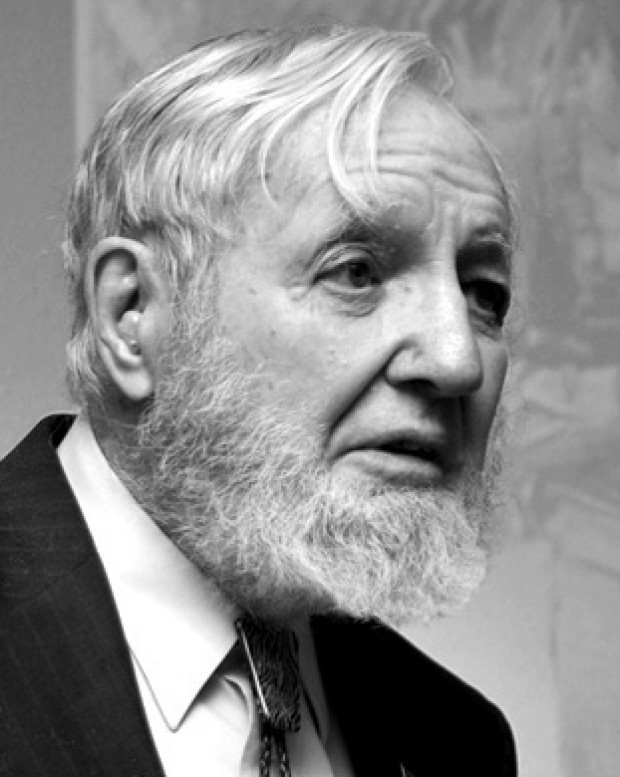Leon D. Smith joined the Manhattan Project in 1944 and was assigned to the 509th Composite Group at Wendover Airfield in Utah.
Smith, who grew up in Wisconsin, was studying electrical engineering at the University of Wisconsin when he was drafted into the U.S. Army in 1943. When he suffered extensive hearing loss, he requested a transfer to the Army Air Forces. Because of his training in electrical engineering, Smith was selected to join the Manhattan Project and was assigned to the 509th Composite Group in 1944.
That year, Smith recieved training in communications at Yale University, electronics at Harvard, and radar at the Massachusetts Institute for Technology. In November, Smith joined the 509th in Wendover Airfield and began training as a weaponeer. Smith was responsible for designing and building the highly complex electronic flight test box units that monitored the bombs inside the planes. After completing a series of drop tests of weighted “Fat Man” bomb cases, he and two other weaponeers were relocated to Tinian Island in the Pacific.
When the time came for the August 6 mission, the three men flipped coins to decide who would monitor the first atomic bombs on the Hiroshima and Nagasaki missions. Morris Jeppson flew on the Enola Gay for the Hiroshima mission, Phil Barnes rode in Bockscar for the Nagasaki mission and Smith flew to Iwo Jima as backup for those missions.
After the war, Smith participated in Operation Crossroads in 1946 and served as weaponeer on board Dave’s Dream, the B-29 responsible for dropping an implosion-type nuclear bomb over Bikini Atoll during shot ABLE. In 1947, Smith joined Sandia National Laboratories as an engineer of a bomb fuzing group. He was promoted to director in 1961 and held several director positions until his retirement in 1988.
Special thanks to Jay Donahue for providing AHF with this information.





